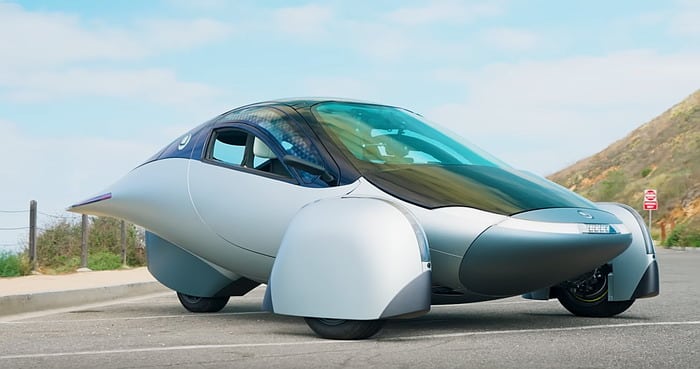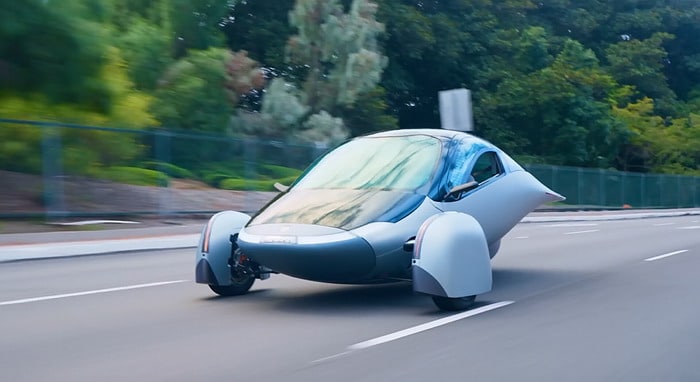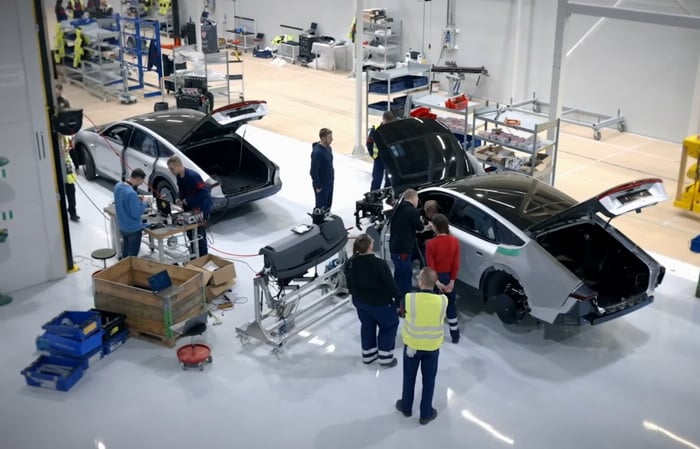How Do Solar-Powered Cars Work?

Solar-powered cars represent a fascinating intersection of renewable energy and automotive technology, offering a glimpse into a future where our vehicles are powered by the inexhaustible energy of the sun. While still largely in the experimental and development stages, solar-powered cars could play a significant role in reducing our dependence on fossil fuels and lowering the carbon footprint of our transportation needs. This article explores the underlying principles of how do solar-powered cars work, their components, benefits, challenges, and what the future may hold for this innovative technology.
The Basics of Solar-Powered Cars
At their core, solar-powered cars use photovoltaic (PV) cells to convert sunlight into electricity. This electricity is then used to power an electric motor, which drives the car’s wheels. The process begins with solar panels, usually mounted on the surface of the car, which capture sunlight and convert it into direct current (DC) electricity. This electricity can either be stored in a battery for later use or used immediately to power the motor.
Key Components of Solar-Powered Cars
Solar Panels
The most visible part of a solar-powered car, these panels are made up of many solar cells made from materials like silicon, which have the property of generating electric current when exposed to sunlight.
Electric Motor
Solar cars use electric motors, which are more efficient than traditional internal combustion engines. These motors convert electrical energy into mechanical energy, propelling the car forward.
Battery Pack
Most solar cars are equipped with a battery pack that stores electrical energy. This allows the car to be used when sunlight is not available, such as at night or during cloudy weather.
Power Electronics
These components include inverters and controllers that manage the flow of electricity from the solar panels to the battery and from the battery to the motor, ensuring that the motor operates at optimal efficiency.
Regenerative Braking System
Many solar cars incorporate regenerative braking, which recovers energy that would otherwise be lost during braking and uses it to recharge the battery.
How Solar-Powered Cars Work?
The operation of a solar-powered car starts with the solar panels absorbing sunlight. The cells within these panels convert the sunlight into electricity through the photovoltaic effect. This electricity is either directed to the car’s motor for immediate use or sent to the battery for storage. When the electric motor receives this electricity, it converts it into mechanical power, turning the wheels of the car.
Because the power generated by the solar panels is dependent on sunlight intensity, solar cars are designed to be extremely efficient and lightweight. They often feature aerodynamic designs to reduce drag and are made from lightweight materials to improve their energy efficiency.
Benefits of Solar-Powered Cars
Renewable Energy Source
Solar cars derive their power from the sun, an abundant and renewable energy source, reducing reliance on fossil fuels.
Environmentally Friendly
These vehicles emit no greenhouse gases or pollutants while operating, contributing to cleaner air and a healthier environment.
Energy Independence
Solar cars can reduce dependence on imported oil, contributing to energy independence and security.
Challenges Facing Solar-Powered Cars
Energy Density
Solar panels currently have a relatively low energy conversion efficiency, meaning they produce a limited amount of power. This limits the speed and range of solar cars compared to conventional vehicles.
Weather Dependency
Solar cars perform best in sunny conditions. Cloudy weather, rain, or nighttime can drastically reduce their efficiency and operational capabilities.
Cost and Practicality
The technology for solar-powered cars is still developing, making them more expensive and less practical for everyday use compared to traditional vehicles.
Innovations in Solar Car Technology
Continual advancements in solar car technology are pushing the boundaries of efficiency and performance. Researchers and engineers are exploring new materials and design concepts to enhance the capabilities of solar-powered vehicles.
Improved Solar Panel Efficiency
Efforts are underway to improve the efficiency of solar panels used in solar cars. New materials and manufacturing techniques are being developed to increase the amount of sunlight that can be converted into electricity. Thin-film solar cells, for example, offer flexibility and lightweight properties, making them ideal for integration into the aerodynamic contours of solar car bodies.
Lightweight and Aerodynamic Design
Optimizing the design of solar cars for minimal weight and aerodynamic drag is crucial for maximizing energy efficiency. Engineers are utilizing advanced modeling and simulation tools to fine-tune the shape and structure of solar car bodies, reducing air resistance and improving overall performance. Lightweight composite materials, such as carbon fiber and aluminum alloys, are increasingly used to construct solar car chassis and components, further reducing weight without compromising strength.
Energy Management and Storage
Sophisticated energy management systems are essential for optimizing the use of solar energy in solar-powered cars. These systems regulate the flow of electricity between solar panels, batteries, and electric motors, ensuring efficient operation under varying conditions. Advances in battery technology, including higher energy density and faster charging capabilities, are enhancing the storage capacity and performance of solar car power systems. Lithium-ion batteries, in particular, are becoming increasingly prevalent in solar car designs due to their high energy density and reliability.
Applications Beyond Transportation
While solar-powered cars are primarily associated with transportation, their applications extend beyond the road. Solar cars have been used in solar car racing competitions, such as the World Solar Challenge, where teams from around the world compete to design and build the most efficient solar-powered vehicles. These competitions serve as platforms for innovation and collaboration, driving advancements in solar car technology and raising awareness of renewable energy solutions.

Aptera is the first solar-powered car produced in the U.S., image source: YouTube
Environmental and Economic Implications
The widespread adoption of solar-powered cars could have significant environmental and economic implications. By reducing reliance on fossil fuels and decreasing greenhouse gas emissions, solar cars contribute to mitigating climate change and improving air quality. Additionally, the renewable nature of solar energy offers energy security and independence, reducing dependence on volatile oil markets and geopolitical tensions.
The Future of Solar-Powered Cars
Advancements in photovoltaic technology, battery storage, and materials science may soon overcome many of the current limitations of solar-powered cars. Increased efficiency in solar panels and batteries could lead to solar vehicles that are competitive with, or even superior to, their fossil-fuel-powered counterparts in terms of range and performance. Additionally, as the world continues to seek sustainable and clean energy solutions, the development and adoption of solar-powered cars are likely to be supported by both policy and consumer interest.

Lightyear 0 ceased production in its first month, image source: Lightyear
The production of ‘The Lightyear 0’, a solar-powered car produced by a Dutch company, ceased after only one month, primarily due to its high price. Who would buy a $250,000 solar-powered vehicle? Is the price justified by the savings you make by not buying gasoline?
In contrast, Aptera, a solar-powered car produced in the United States, has a much higher chance of success, mainly due to its retail price (the base model is around $30K) and …practicality.
Conclusion: Driving Towards a Sustainable Future
Solar-powered cars represent a promising solution to the challenges of climate change, air pollution, and energy security. While still in the early stages of development, these vehicles showcase the potential of renewable energy to revolutionize transportation and reshape our relationship with the environment.
As technology continues to advance and costs decline, solar-powered cars may become increasingly accessible and practical for everyday use. With continued innovation and investment, solar-powered cars have the potential to drive us towards a cleaner, greener, and more sustainable future.




Your point of view caught my eye and was very interesting. Thanks. I have a question for you.